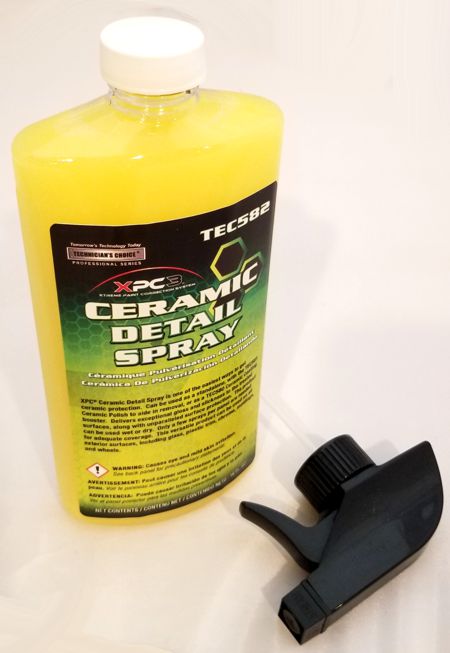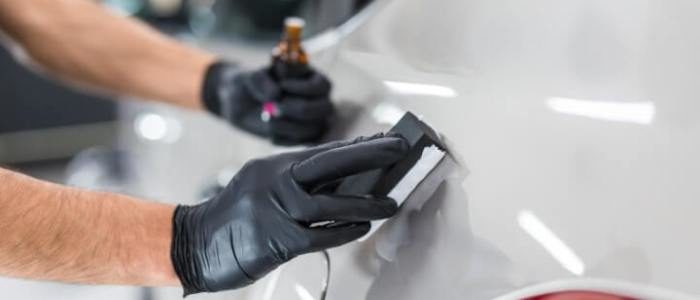

From a car’s wheel hubs and undercarriage, to its engine bay and interior, this transparent ceramic spray coating is virtually everywhere. Why is ceramic coating used on cars?Īutomakers use ceramic coatings due to its superior heat, abrasion, chemical, H20, and impact resistance, making it the ideal protective sealant for many car components. Once cured atop a hard surface, this viscous liquid forms a crystal-clear shell, a product that is referred to as a nano ceramic coating, or ceramic coating for short.


Commonly derived from quartz crystals and sand, silica creates an invisible, extremely resilient “nanotechnology coating” when combined with elements like titanium dioxide, polysilazane, triethanolamine, water, and various other ingredients. Unlike traditional coatings, which are typically concocted from polymer resins, a ceramic coating is silicon dioxide or silica (SiO2) based. So unless you are outfitting your Unimog with a $100,000 aero armor, chances are a ceramic coating is going to be your next best bet, and here’s why… But outside of body armor, which last we checked was both excruciatingly expensive and heavy as hell, nano ceramic coatings offer an impressive array of protection. A high-quality ceramic coating is not going to make your car bulletproof.
#Rejex vs ceramic coating upgrade#
Luckily, the advent of modern ceramic coating products has given car owners a major weapons upgrade in the war against the elements, as well as things like bird shit, acid rain, tree sap, oxidation, and more. Unfortunately, we live in a world where no amount of washing or waxing can protect our vehicles from surface scratches, rock chips, paint stains, and UV ray fading. In a perfect world, every car on the road would be eternally pristine, as if it had just rolled-off the assembly line.


 0 kommentar(er)
0 kommentar(er)
